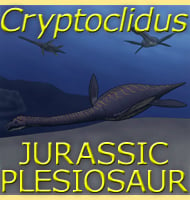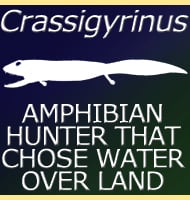In Depth
As a member of the Basilosauridae, Masracetus was a relative of the famous Basilosaurus, and comparable in terms of skull size and body width. However, as in other relative genera such as Cynthiacetus, the vertebrae of Masracetus were much shorter than the vertebrae of Basilosaurus, indicating a proportionately shorter body.
Masracetus was named from a combination of the Arabic word for Egypt ‘Masr’, and the Greek for whale ‘ketos’, while the type species name, M. markgrafi is in honour of Richard Markgraf who discovered the type specimen of Masracetus all the way back in 1905, over one hundred years before it was named as a distinct genus.
Further Reading
- Stromerius nidensis, New Archaeocete (Mammalia, Cetacea) From The Upper Eocene Qasr El-Sagha Formation, Fayum, Egypt. - 31(13):363-378. - P. D. Gingerich - 2007. - Dentary of Masracetus markgrafi, Archaeocete in the north of Lake Qaroun, Fayoum Egypt. - Journal of Amercian Science. - Gebely A. Abu-El-kheir, Mohammed I. El Anbaawy, Sobhi A. Helal & Susan Gibbs - 2013.










